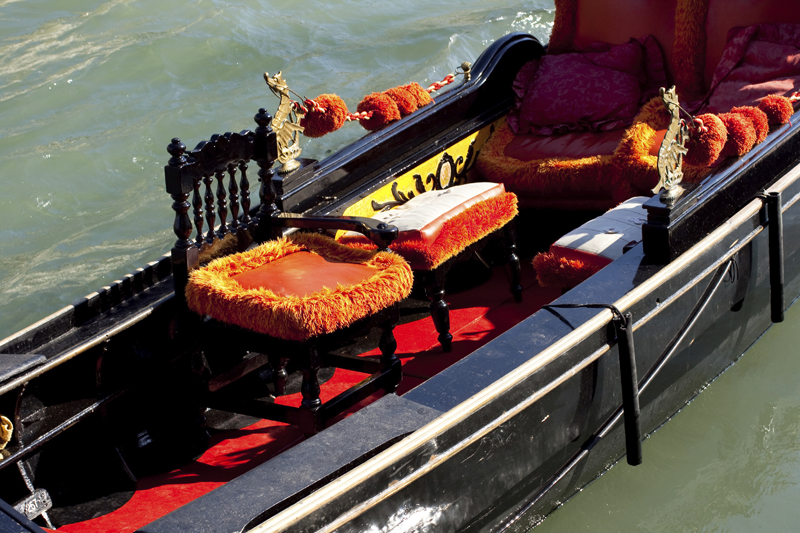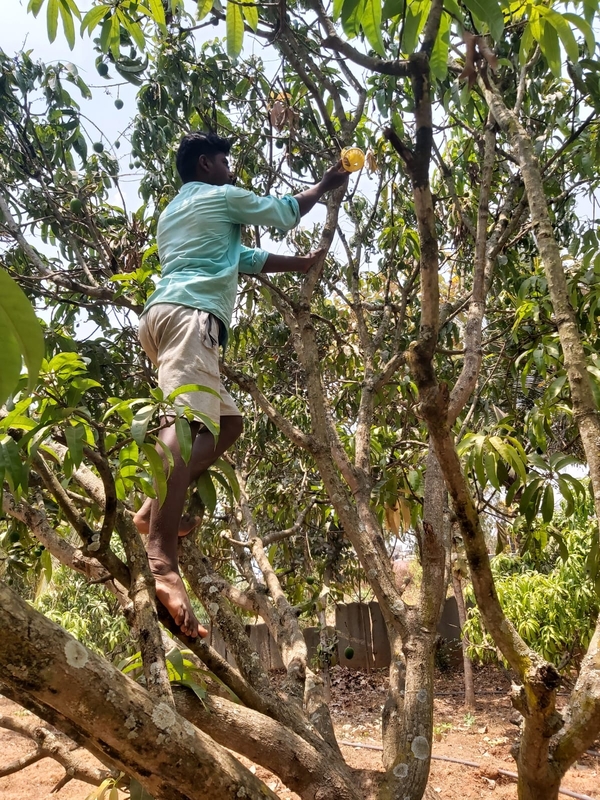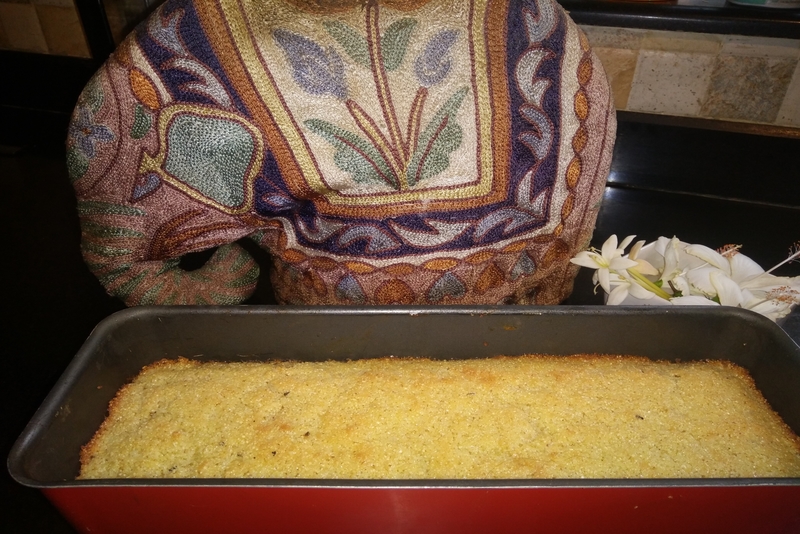Columbia, South America’s undiscovered gem

Colombia is a victim of image. To many it may be painted in the surrealistic brush strokes of a Gabriel Marquez novel or in the inflated features of a Botero sculpture; it may be the turf of drug barons or the battleground of guerilla groups.
Indeed, Colombia is paradox – a battle scarred nation possessing stunning landscape and architecture, a home to world-class museums and a cuisine worthy of international renown. Like a volcano spewing fiery colours into a night sky, Colombia alarms and allures. Its reputed violence keeps many potential tourists away, but it’s Amazon and colonial towns, its mountains and beaches, its history and literature whet the adventurer’s appetite. While parts of the countryside are perilous for travel, major cities are relatively safe. With the same care that a wise tourist would take when visiting, say, New York or Phnom Penh, this country of emeralds, gold, and coffee will offer a visitor a spectacular holiday.
Our initial stop was at Bogota. A city of grandeur sitting atop the Andes. A city where old and new blend like milk and coffee swirled in a cup – Spanish colonial architecture alongside imposing highrises, narrow sixteenth century streets meters from modern highways and bicycle paths, fast food joints near restaurants serving traditional cuisine. The pull to jump into the life of this city may be great, but you would be smart to take it slowly the first few days, especially if you are coming from a place much closer to sea level. What Colombians call soroche (altitude sickness) is common when quickly ascending to high altitudes. Along with rest, drinking plenty of water and eating food rich in carbohydrates should help you to gain your footing. Once rested, strike out into the environs of this capital city. Head towards La Candelaria, the oldest part of town.
The streets teem with history. On Calle 10 (Street 10), there is the Teatro de Cristobal Colon, a theater opened in 1895; it supports an Italian Renaissance façade designed by Pietro Cantini. The interior is a Baroque design with a seating arrangement that reveals the class distinctions of earlier Colombian society. The topmost seats, which provide the best views of the stage, were for the poorest of society. The balconies where the wealthiest sat do not provide a full view of the stage; they are turned slightly to face the audience. To the elite of nineteenth century Colombian society, the drama that unfolded on the stage was secondary to the display of dazzling gowns and jewels by the most prosperous in society.
The plaza Simon Bolivar lies a few blocks to the east of the Teatro de Cristobal Colon. It is the city’s main square dedicated to the liberator of Gran Colombia, an area that now encompasses Ecuador, Colombia, and Venezuela. The Palacio de Justicia, seat of the Supreme Court and scene of an intense battle between M-19 guerillas and the army in 1985, and the Capitolio Nacional, where Congress resides, are among the major buildings in this square that lies in the heart of the oldest sector of Bogota. Here multitudes of Colombians go about their business. Vendors sell fruit juices and candies made from guava, papaya and other tropical fruits.
Indians in Andean garb sell ruanas, attractive ponchos made of wool; the more well-to-do pour out of the restaurants or jewelry shops that dot this part of town. The enticing aroma of pan de yuca (a cheese filled bread) wafts from bakeries, and vendors meander through the ancient streets selling an array of fruit. When it comes to dishes of note, Colombia figures in with its ajiaco (a-hee-a-ko), a hearty soup that makes a meal in itself. It contains a variety of potatoes, corn-on-the-cob and spices, and it is served with cream, capers, rice, and avocado. Wash it down with Colombian beer, and afterwards you will be ready for a nap.
In some respects, churches are to Colombia what temples are to India. They are history, they are refuge, and they are everywhere in this Catholic nation. Iglesia de San Francisco on Avenida Jimenez stands among the more notable. Nondescript from the outside, it is studded with art, gold and gems on the inside. Here you will see the devotion that Colombians have in their faith. People come here to pray for those who are sick or have passed way. Old women with faces etched with wrinkles that could tell stories like pages in a novel kneel piously, rosary clutched in hands. Throughout Colombia you see churches with statues of the suffering Christ - pleading eyes turned upward, a face wracked by pain, blood pouring from the thorn-crowned head and from the lash marks that streak the back. In this figure of the tortured Christ lies a metaphor for this beautiful bleeding country that is still convulsing from a civil war fifty years in the running.
If museums are your thing, you will need about a week to take in the major ones. Those inclined towards history,head straight for the Museo Nacional. Built as a city prison in the nineteenth century, it was turned into the national museum in the mid-twentieth century. High security vaults house stunning finds of gold from Colombia’s past. Paintings, weapons, and historical texts attest to the country’s rich and complex history. Admission is free; hence the thronging crowds can be a drawback.

Related Articles
Editor's Picks Articles
Top Ten Articles
Previous Features
Site Map
Content copyright © 2023 by Marianne de Nazareth. All rights reserved.
This content was written by Marianne de Nazareth. If you wish to use this content in any manner, you need written permission. Contact Marianne de Nazareth for details.





 -resizeimage.jpg.jpg)

